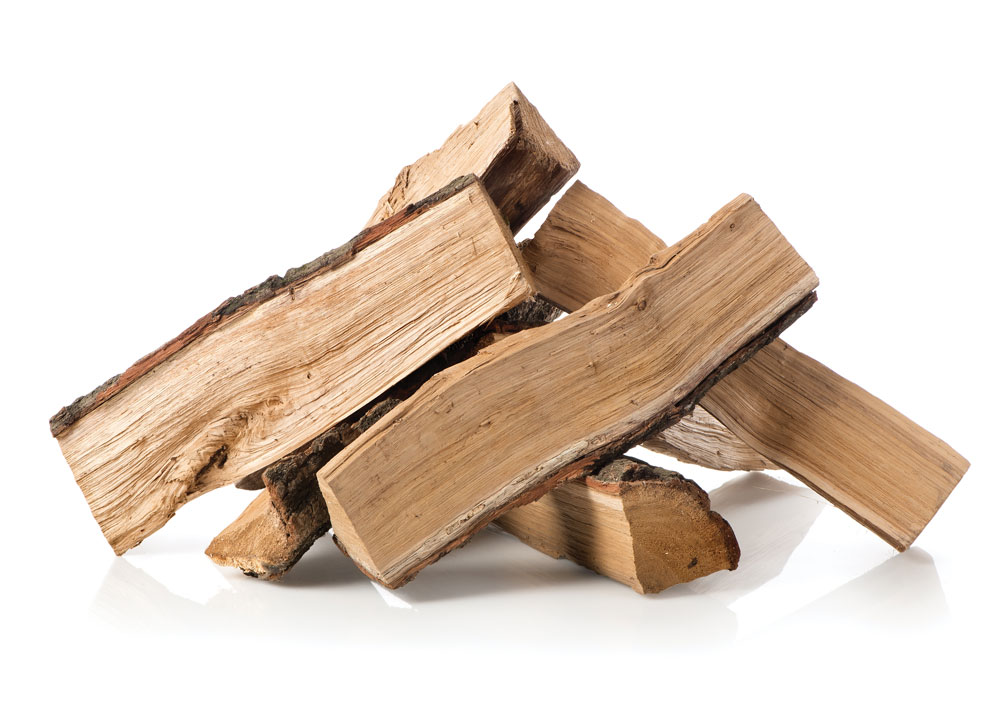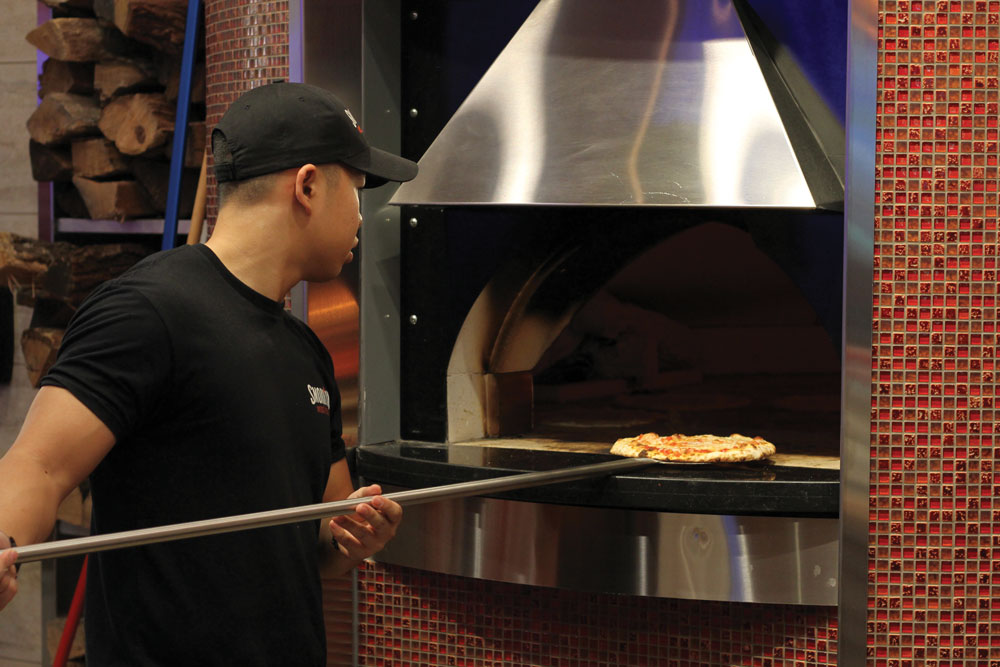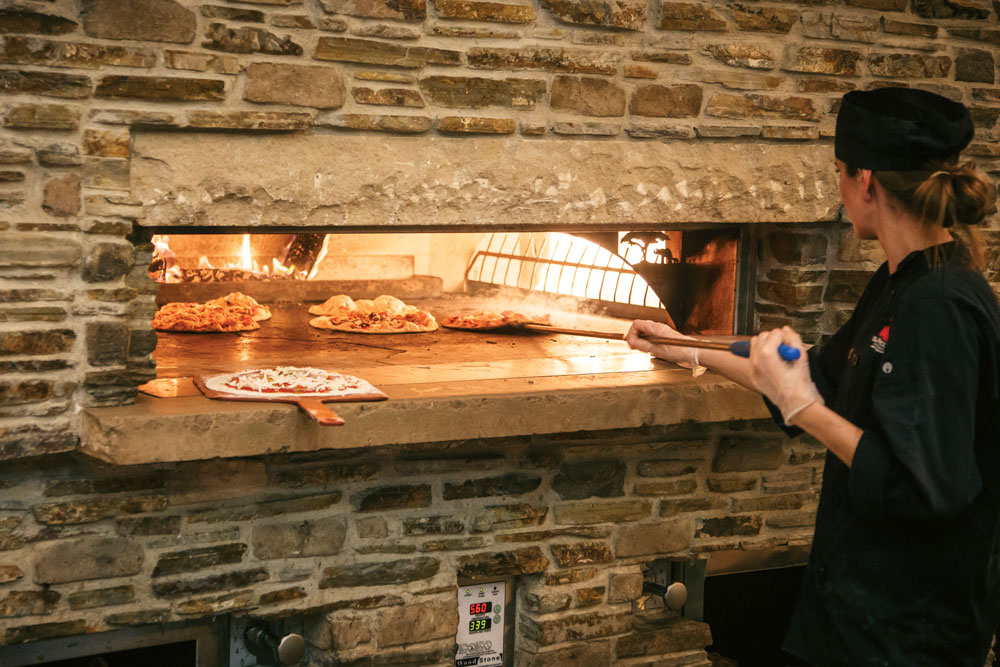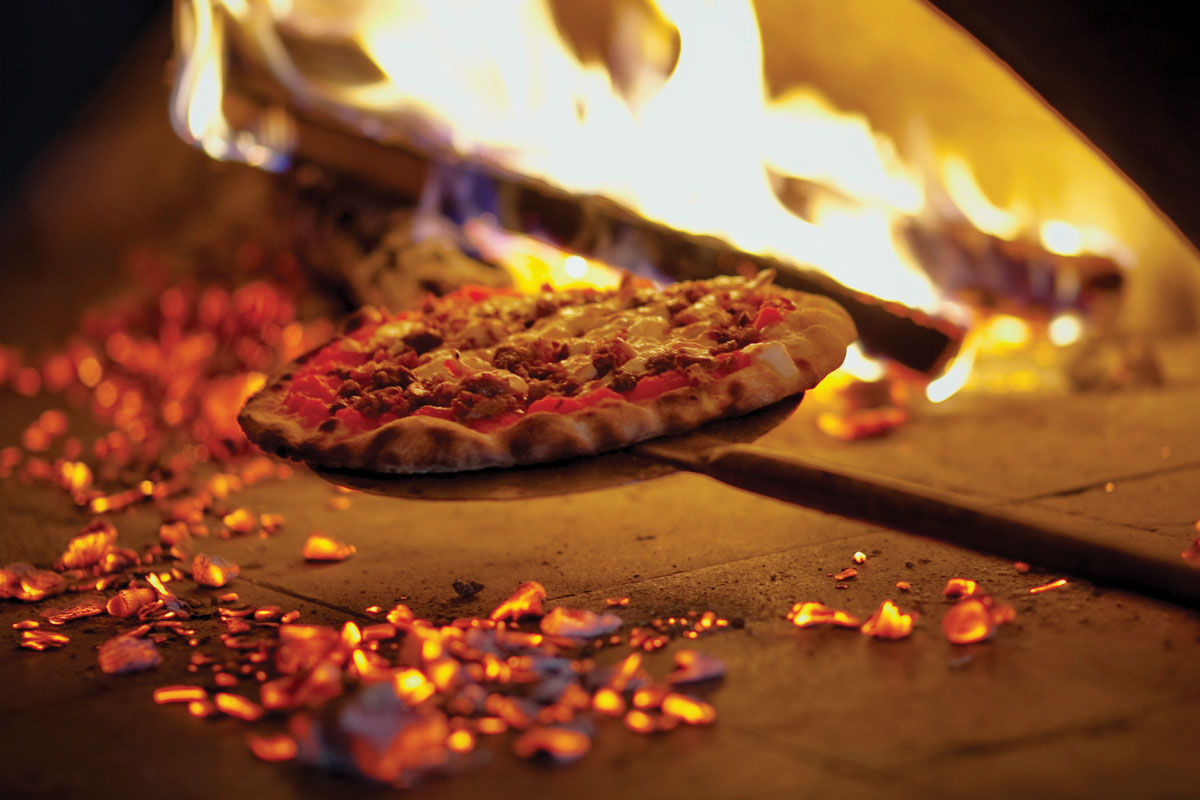Wood-fired ovens: They may be the most primitive way for man to cook his food, so it’s likely no coincidence that they can give the most mouthwatering, customizable results and offer incredible versatility, creating amazing outcomes on everything from pizzas and breads to vegetable sides, pasta mains and meat-based entrees.
“Before working with wood-fired ovens, we should first identify some of the benefits and reasons for using these types,” notes Oluwakemi Oladipo, an event planner with Annie’s Scrumpchies Events Company in Lagos, Nigeria. “For me, the most important factor is the unique flavor they give your food, and they also help to preserve most of your added ingredients and increase the retention of nutrients. Plus, these ovens can be used for various purposes, such as baking bread, roasting meat and more—while saving energy because they don’t require electricity.”
But wood-fired ovens also demand more knowledge and expertise than a modern model, from painstaking dough production to fine-tuned finishing flourishes. Here, top wood-fired experts share their tips for ensuring the perfect fire-fueled bake.

—Linda Black, Smokin’ Oak Wood-Fired Pizza
Linda Black
president and operations officer, Smokin’ Oak Wood-Fired Pizza, based in St. Petersburg, FL, with a location in Ames, IA
A consistent and excellently baked wood-fired pizza starts well before the pizza is launched into the oven. A wood-fired oven requires artistry and a keen eye on the technical details. It is not like a typical gas oven, where the only action needed is to flip a switch. A wood-fired oven requires constant focus and creating solid procedures for those running the oven. Here are our suggestions:
Consistent wood: Of course, wood is a big deal. If you are not consistently using the same species, size and moisture content in your wood, it will make baking a pizza difficult. If the wood is inconsistent, the person operating the oven must spend more time on correcting the oven temperature and holding it there rather than cooking the perfect pizza. Having consistent wood will help the oven operator focus on the bake.
The right dough. Not all dough recipes are created equal. Make sure your dough recipe is wood-fired-friendly. A recipe that works in a gas-fired oven will not translate to baking well in a wood-fired oven, since a wood-fired oven is several hundred degrees hotter and bakes pizzas in less than 90 seconds. An example of this would be the sugar content; sugar helps to brown a crust when baking in a gas oven, but in a wood-fired oven, sugar browns much more quickly on the exterior of the crust, which makes the pizza appear fully baked when in reality it isn’t.
 |
|
By establishing proper procedures, employees can be quickly trained to operate a wood-fired oven. Photo courtesy Smokin’ Oak Wood-Fired Pizza. |
Flame height: Most people don’t realize that no matter how hot your wood-fired oven is, if you don’t have a flame, the pizza won’t bake correctly. Usually, the bottom of the pizza will burn, while the top will still be uncooked. When the floor temperature and flame height are at the optimal temperature and height, you will get a consistent bake. Always measure (and keep a log) to monitor what is working and isn’t working regarding the flame height. Once you find that optimal flame height, document it and develop an appropriate procedure for the oven operators.
Training and procedures: Solid training and procedures must be in place. It does not have to take months to train a very good oven operator. Take away the chance of any potential inconsistencies, and employees can focus on what’s really important, which is to get the perfect bake every time. Have a procedure for starting the fire, what time to start the fire, how much wood to use, the size of the wood, and the markers of where your temperature should be at certain times. Also make sure to let your oven cool down before you start cooking pizzas for customers. You shouldn’t go from a full-on firing of the oven to cooking pizzas; give the oven some time to calm down from the firing!
 |
|
Customers at Smokin’ Oak Wood-Fired Pizza are privy to all the wood-burning action, thanks to the pizzeria’s open kitchen. |
Oluwakemi Oladipo
event planner, Annie’s Scrumpchies Events Company, Lagos, Nigeria
Heat regulation is key. These ovens don’t have any knobs or buttons, so operators must have a unique technique to maintain the right temperature so you don’t burn your food—or turn it to complete ash! I prefer to use what I call the add/withdrawal method to achieve this. Simply put, I just keep adding wood until I achieve the desired temperature or withdraw the wood when things get too hot.
Ensure you have the right type of wood. I use kiln-dried wood, which should be chopped into the right size; I prefer them to be about 9” to 10” long, with thickness of about 2” to 4”. Other accessories to have in handy include protective gloves, a thermometer and a natural fire lighter (you could even use newspaper in a pinch!).
Here’s another thing you want to take note of: Observe how the fire is distributed in the oven. You need to know this because you may have to move the food around a bit to achieve a uniform bake or crust. And don’t forget that the wood should be a little bit spaced out to allow the air to aid combustion.
 |
|
Malawi’s Pizza doesn’t just serve up famously delicious wood-fired pies. For every meal an American customer buys, the company donates a nutritious meal to children in the African nation of Malawi. |
—Kent Andersen, Malawi’s Pizza
Kent Andersen
executive chef, Malawi’s Pizza, Provo, UT, with locations in Virginia, Texas and Utah
The essential element for perfectly cooked pizzas in a wood-fired oven is maintaining even temperature throughout the oven. Maintaining an even temperature within the core of the oven’s deck and within the ambient dome of the oven is key to producing perfectly prepared pizzas. Oftentimes, the difference in the deck temperature and the dome temperature within a wood-fired oven can vary several hundred degrees, resulting in pizzas that are unevenly cooked.
At Malawi’s Pizza, we use a combination of wood and gas to create steady, even heat in the dome and on the deck of our pizza ovens. The optimal internal temperature of our pizza deck is about 480°. At this internal temperature of the pizza deck, the temperature of the ambient dome of the oven is about 760°. Our pizzas spend between 90 to 100 seconds in the oven.
In addition to maintaining the perfect temperature, it’s equally important that the pizza be specifically formulated for the oven that you are using. The key components to formulate are the pizza crust and the cheeses used in the creation of your pizzas. The moisture content in your cheeses will brown differently at different temperatures and in different ovens. Developing even browning of your crust, the toppings, and cheese on your pizzas requires carefully engineering the time, the temperature, and the ingredients you use. There is definitely an art in the development of gourmet pizzas prepared in a wood-fired oven!















